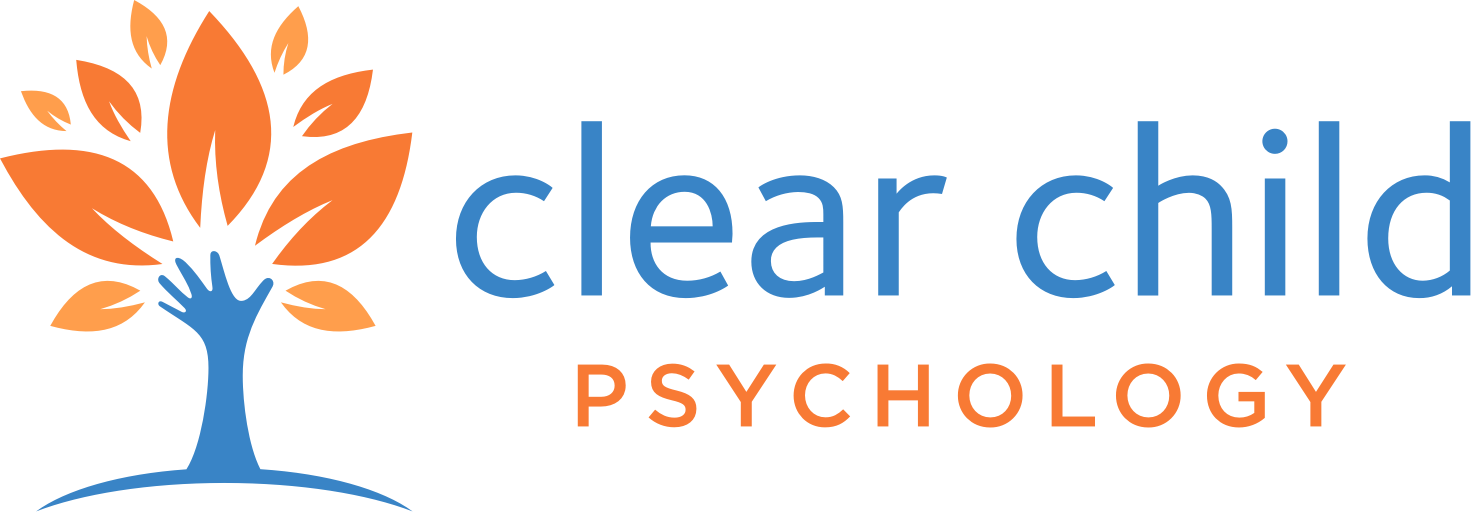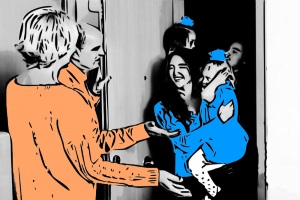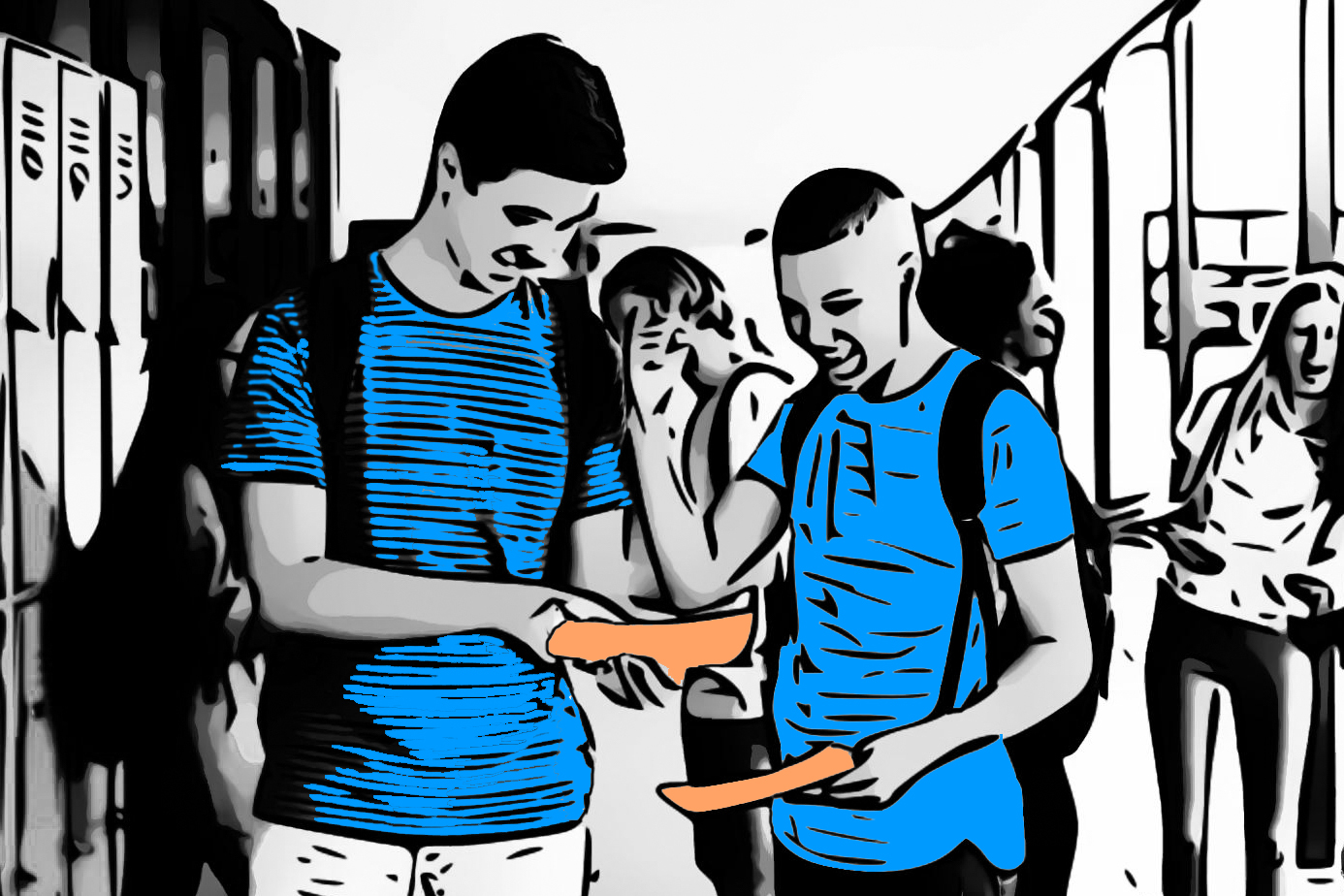Memory for Faces
Samantha, age 2, is at the pool with her mom. It’s Abbey!! She shouts pointing to a little girl playing in the splash zone. Mom says, “Oh you noticed that little girl has curly blond hair too, just like Abbey in your class. She also has glasses, but that’s not Abbey.” This 2-year-old is using a couple visual features to identify a friend, but she didn’t get it quite right. As she gets older she’ll use more visual cues to identify friends or classmates more accurately.
Sometimes children don’t focus on faces at all or they encode details that could vary, like “Abbey wears a red bow.” Maybe she does, sometimes, but it shouldn’t be a defining feature. Some kids just need a little more help and practice here to identify faces.
WHAT TO DO IF YOUR CHILD FORGETS FAMILIAR FACES
Get the class yearbook or class photo from last year, and post it in your home. Write the names of each child on the photo.
Have pictures of family members and friends that are labeled, and look at these with your child when you have a moment. “Oh look at Aunt Sally at the beach last summer, and there’s your cousin Tom, we’ll see him this fall.”
Providing labeled pictures and visual reminders can help a child remember even when faces are hard.
If your child also struggles with social skills such as perspective taking, empathy, and positive social interactions, this difficulty is worth looking into with an evaluation by a psychologist. Children with social skills deficits have trouble with sharing, turn-taking, and listening attentively to peers. These issues may be a sign of an autism spectrum disorder and, in some cases, require assessment and treatment.




